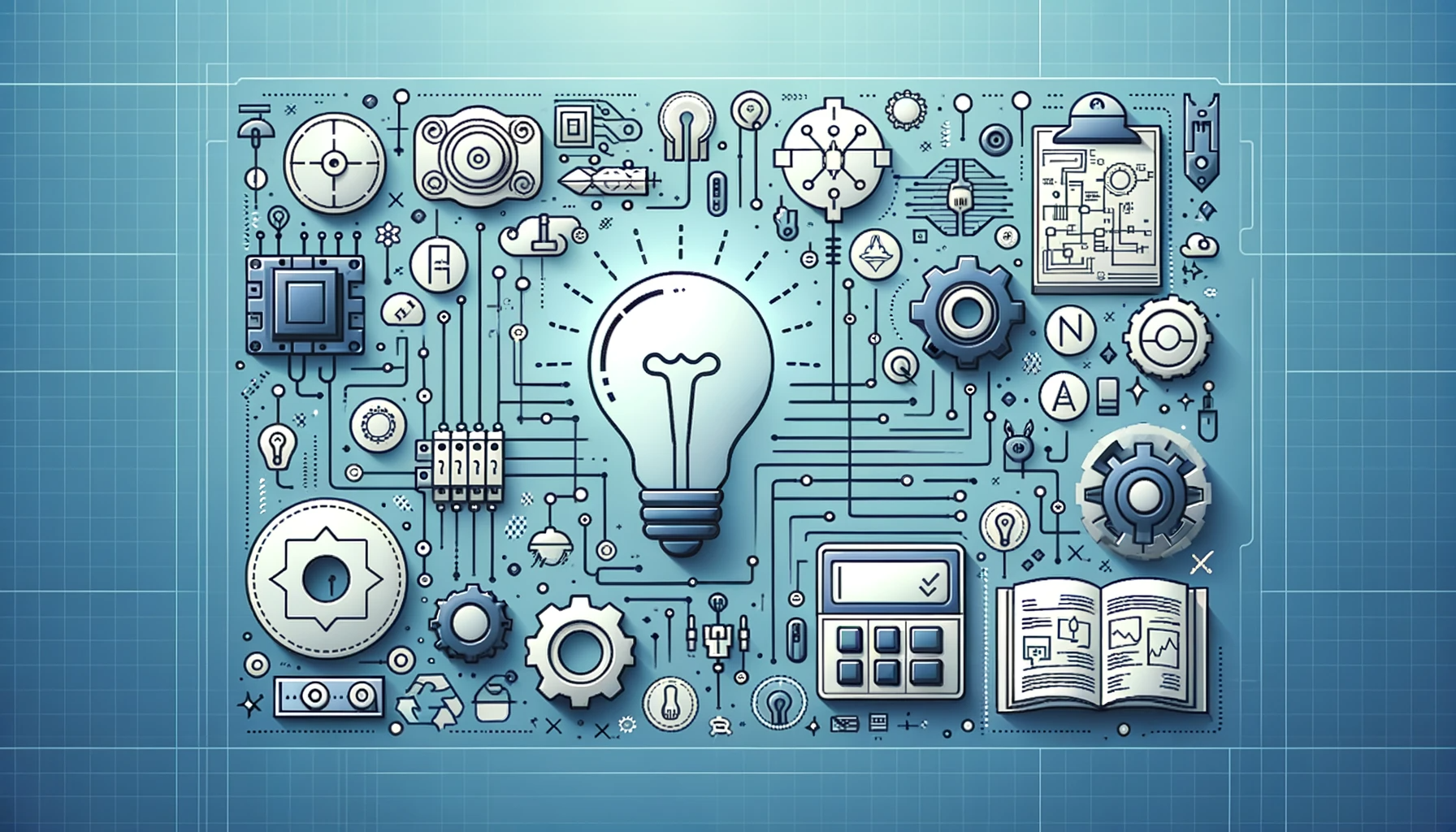Improving Industrial Electrical Design for Large-Scale Operations
Improving Industrial Electrical Design for Large-Scale Operations
Blog Article
Ingenious Electrical Design Services for Modern Framework
As metropolitan environments grow progressively complex, integrating innovations such as smart grids and eco-friendly energy sources comes to be vital. These developments not only assure to maximize energy usage but additionally foster strength against future needs.
Value of Ingenious Electric Design
Innovative electric design plays an important duty in modern infrastructure, affecting not only effectiveness however additionally sustainability. As cities progress and the demand for power rises, the demand for advanced electrical systems ends up being extremely important. These systems must not just satisfy current needs however likewise expect future development and technical advancements.
A well-executed electrical design can considerably reduce power intake, therefore reducing operational costs and minimizing ecological impact. By incorporating eco-friendly energy sources, such as photovoltaic panels and wind generators, ingenious styles can boost energy self-reliance and durability. Clever grid innovations allow for real-time tracking and management of power circulation, optimizing performance and decreasing waste.
Safety is one more essential element of electric design. Carrying out extensive requirements and sophisticated technologies can minimize risks related to electrical failures, making sure a safe and secure environment for companies and citizens alike. Furthermore, innovative styles promote adaptability, permitting facilities to integrate arising technologies seamlessly.
Key Patterns in Electric Design
As the landscape of electrical design remains to progress, several key fads are shaping the future of the market. One substantial trend is the combination of clever innovation right into electric systems. The proliferation of the Web of Things (IoT) has actually enabled real-time monitoring and control of electrical devices, boosting efficiency and assisting in anticipating upkeep.
One more pattern is the expanding focus on modular design. This strategy allows for flexible and scalable services, making it possible for infrastructure to adjust to altering needs without extensive restorations. Additionally, the use of innovative simulation devices and Building Info Modeling (BIM) is becoming increasingly widespread, simplifying the design procedure and enhancing collaboration among stakeholders.
In addition, improvements in materials scientific research are causing the advancement of lighter, much more sturdy, and energy-efficient components. This innovation is especially vital for high-performance buildings and framework jobs.
Finally, there is a marked change towards data-driven decision-making - electrical load calculation. Leveraging data analytics aids designers enhance systems for performance and cost-effectiveness. With each other, these patterns signify a transformative period in electric design, boosting functionality, sustainability, and strength in modern infrastructure
Sustainable Energy Solutions
Lasting energy options are increasingly coming to be an important emphasis in electrical design, reflecting a wider dedication to ecological duty and source effectiveness. These remedies intend to reduce environmental influence while optimizing power consumption in different facilities, from household buildings to large commercial centers.
Among the foremost methods involves the assimilation of eco-friendly power resources, such as solar panels and wind generators, into electrical systems. This not just minimizes dependence on fossil fuels however likewise improves energy resilience. Additionally, innovative power storage space systems, such as sophisticated batteries, enable reliable monitoring and circulation of energy, making sure that surplus power created during top production can be made use of throughout high need periods.
In addition, energy-efficient design methods are being taken on to enhance general system efficiency. This consists of utilizing energy-efficient lights, cooling and heating systems, and clever building technologies that adjust and keep an eye on energy use based on tenancy and environmental problems.
Smart Grid Technologies
The execution of sustainable power options naturally brings about the exploration of wise grid technologies, which play a pivotal function in improving electrical systems. Smart grids take advantage of advanced interaction modern technologies and information analytics to enhance the dependability, effectiveness, and sustainability of electrical energy circulation. By incorporating electronic innovation with conventional grid facilities, these systems help with real-time monitoring, automated control, and improved decision-making abilities.
One of the key features of clever grids is their capability to basics accommodate renewable resource sources, such as solar and wind power. This flexibility not only minimizes dependency on fossil gas however additionally enables for an extra decentralized energy manufacturing model. Moreover, clever grids enable demand reaction programs, where consumers can readjust their energy usage based upon real-time prices, consequently advertising energy preservation and minimizing peak tons needs.
Furthermore, clever grid technologies improve grid durability by allowing quicker identification and resolution of failures, inevitably minimizing downtime. With anticipating maintenance and analytics, utilities can enhance operations and improve solution shipment. As cities and communities proceed to progress, smart my link grid technologies are essential for building a efficient and sustainable electric framework that meets the needs of modern culture.

Future-Proofing Facilities
To make certain long-term feasibility and flexibility, future-proofing infrastructure is important in the swiftly advancing landscape of electrical design solutions. As innovation breakthroughs and energy demands change, it is vital that electrical systems are designed with flexibility in mind. This involves incorporating scalable solutions that can accommodate future upgrades without necessitating considerable overhauls.

Additionally, sustainability must be a keystone of future-proofed layouts. Making use of eco-friendly energy resources, such as solar and wind, and enhancing energy effectiveness minimize reliance on nonrenewable fuel sources, lining up with global efforts to combat environment change.
Verdict
By prioritizing versatility, efficiency, and sustainability, these services resolve the developing needs of energy systems. The combination of wise grid technologies and sustainable power services improves strength and decreases functional prices.
A well-executed electric design can substantially lower energy intake, therefore lowering functional click for more prices and decreasing ecological impact. By integrating sustainable power sources, such as solar panels and wind turbines, innovative designs can enhance power freedom and resilience. Additionally, innovative power storage systems, such as advanced batteries, enable effective monitoring and circulation of energy, guaranteeing that excess energy created during peak manufacturing can be used throughout high need periods.
Wise grids enable demand reaction programs, where consumers can adjust their power usage based on real-time prices, consequently promoting energy preservation and reducing peak tons demands. (residential electrical design)
As technology advances and energy demands shift, it is vital that electrical systems are made with versatility in mind.
Report this page